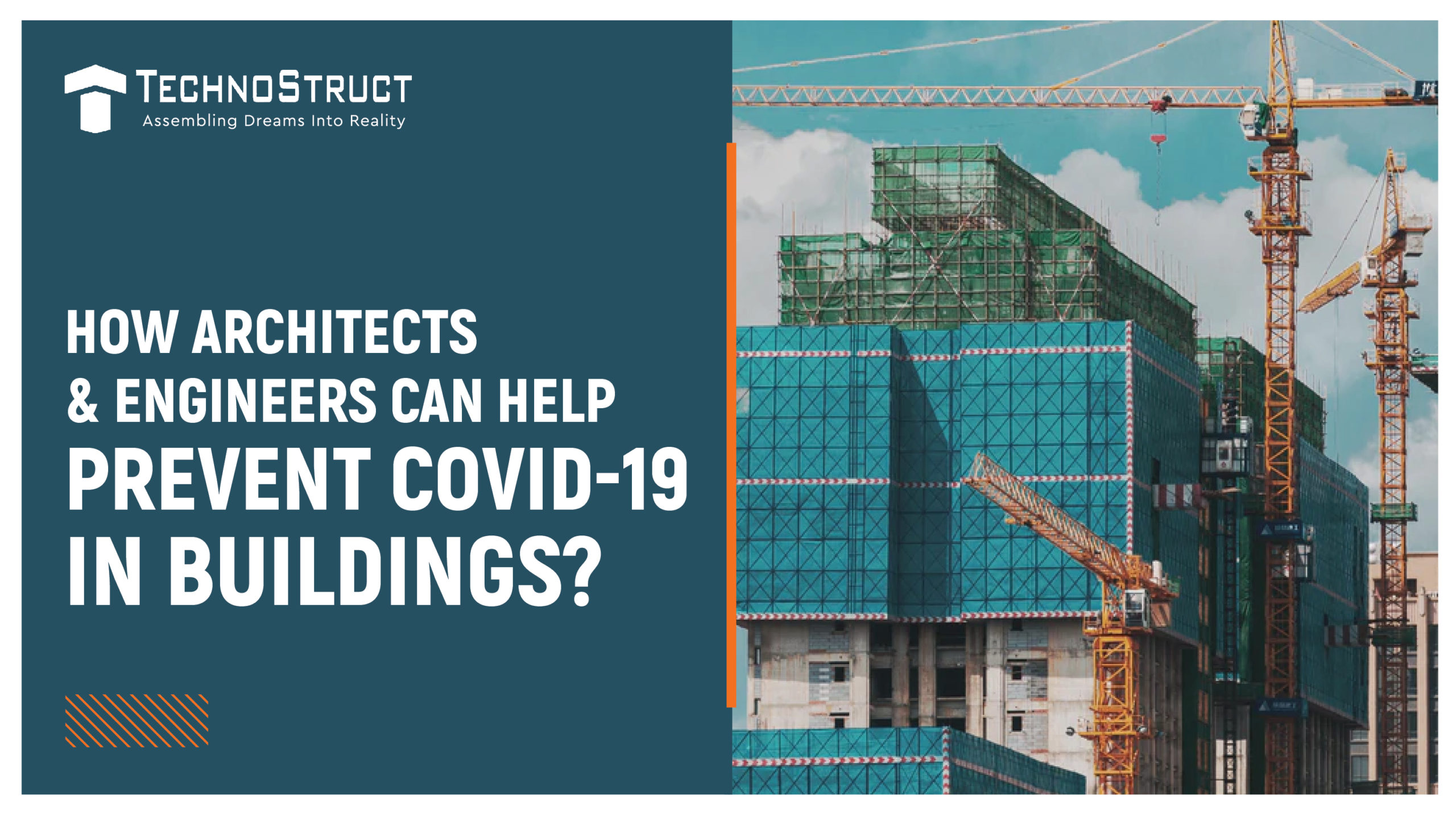
Technology is just another term for evolution. As technology touches a domain, it sets it upright on the path of progress. So has happened with the spectrum of architecture, design, and construction. VDC is that groundbreaking technology, which has led to many changes in the area of design and construction.
A Quick Glance over VDC
In simple terms, VDC stands for Virtual Design and Construction. Is the process of architectural design and construction self-managed? Definitely not! VDC construction employs different revolutionary systems and software to manage sundry design and construction operations. BIM is one of the most common examples explaining the same. With leading-edge tools and techs, BIM helps in generating virtual designs useful in the construction process.
Differences in VDC and BIM
Although the two terms are a part of design and construction, they vary in their aspects and standards. In the backdrop of AEC (Architecture, Engineering, and Construction), VDC is an umbrella term. It refers to the management of the entire lifecycle of a construction project. BIM (Building Information Modeling) is the method that VDC employs for producing the design for explaining the physical and functional facets incorporated in a project.
Referring to the definition of the National Institute of Building Sciences (NIBS), one can conclude that VDC is a broader term. It encapsulates techs like BIM for furthering a construction project.
BIM uses tools in the fabrication of a methodical design, in 3D. Utilizing the design allows one to grasp the sundry aspects of a construction site. It leads to the viability of visualization, monitoring, regulation, and progress tracking for a project.
Reaching the Foundation of VDC and BIM
Building Information Modeling is being utilized via VDC construction since the last phase of the 20th century. Experts from the industry, currently, are constantly engaged in building precise knowledge of VDC and BIM, in the newbies. The opinions on their histories, however, might vary a little.
Revit and Archicad, 3D CAD software programs, were used to develop a construction design. Since the late 1990s, the face of architecture, design, and construction has started to change. The professionals started to employ the methodology of VDC construction. In short, VDC has eased the process of construction management via the tools that coalesce design, execution, overseeing, modification, and administration.
The Advantages that VDC/BIM fetched to AEC
VDC construction has led to remarkable changes in planning out design and construction projects, more efficiently. It has simplified the experience for the two entities, the service seekers and the service providers. Laid down below are the advantages of VDC and BIM that are significant in enabling a construction project cycle.
- Productivity Boosted: VDC minimizes physical efforts in several ways. The roundabout time, certainly, comes down that boosts the speed of execution. Unnecessary delays that are certainly owing to diverse procedures included in a project cycle make up the productivity of employed personnel.
- Better Teamwork: VDC process broadens the scope for better teamwork. The collaboration is enhanced due to the virtual communication network. With the 3D representation, stakeholders are able to put up significant issues with more ease. A robust arrangement in the workflow is an add-on for enhancing productivity and overall efficiency.
- Regulation on Resources: Management of resources was never so easy before the contemporary innovations in VDC. From human resources to design and construction resources, all are managed well with BIM. It includes keeping the track of materials that are or are not, delivered to the construction site. Besides, virtual reality is used to create simulations for training personnel.
- Curtailing the Costs: VDC narrows the sphere of errors in the workflow. While saving on project costs is pivotal, VDC ensures the same through enhanced efficiency and robust communication. Besides, limiting the rework, minimizing the waste material, and effective harmonization of construction activities, ensure maximum cost savings, altogether.
- Sustainability of Project: Every construction project has possible impacts posed by the environment. With the BIM process, the creation of virtual models is possible. Therefore, different scenarios with virtual models can be observed. It furthers the optimization of the usage of construction materials. Thus, choosing the best design, which offers enhanced sustainability for the projects undertaken, becomes possible.
- More Transparency: BIM-based project management delivers clear messages to an entity. It could be the service provider or the project owner. Since more clarity is available at each step of the workflow, projects get greater success.
On the Last Note
VDC is a collated solution for the colossal task list facilitating the design and construction process. VDC construction paves the way for a brighter future in the industry of architecture, design, and construction.
Since weak collaboration used to be a loophole in the domain, VDC has ensured a smoother workflow with stronger communication. By coordinating the 3D models, assessing the sustainability aspects has become easier, which helps to develop an edifice that is able to withstand the environmental impact.



